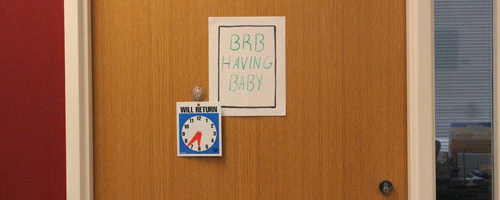Thinking about nuclear power, your mind may turn to images of tall cooling towers that reach into the blue, billowing swells of steam off into the sky. Some may think of detrimental radioactive waste tucked away in every nook and cranny until every nook has been crannied, and the fear of possible harmful contamination strikes. And some, including me, may think of the danger posed by Homer Simpson manning the safety monitoring station at the Springfield Nuclear Power Plant.
Nuclear energy: a green alternative
Thinking about nuclear power, your mind may turn to images of tall cooling towers that reach into the blue, billowing swells of steam off into the sky. Some may think of detrimental radioactive waste tucked away in every nook and cranny until every nook has been crannied, and the fear of possible harmful contamination strikes. And some, including me, may think of the danger posed by Homer Simpson manning the safety monitoring station at the Springfield Nuclear Power Plant.
The reactors that planted these thoughts are soon to be found in the history books and outshined by their new, more efficient and far less dangerous descendants.
Nuclear power, with its hazardous waste, weaponry and well-known tragedies such as Chernobyl or Three Mile Island, has become a concept shunned by many over the years. Ever since the first reactors started production of electricity, this view has loomed over the industry. But with the current, more dangerous and ecologically harmful options in use, nuclear power has been looked to over and over again, and has evolved into a more attractive alternative.
Climate change and global warming experts, such as Tim Flannery, author of the best selling book The Weather Makers, have started to promote nuclear energy as a green alternative. Flannery often cites the benefits of nuclear power, including such new technologies as pebble bed nuclear reactors, which have begun to show great promise for the future of energy production.
A pebble bed nuclear reactor is a great example of a next-generation nuclear reactor. It uses the same basic theories as old reactors, but manages the production in a far different way. At the Massachusetts Institute of Technology (MIT), researchers have been examining the pebble bed reactor and have come up with some promising results. The fuel is safer, smaller and easier to handle and store. The gas used to cool the reactor and turn the turbines is usually helium or a similar gas, not water. The risk of a meltdown is dramatically reduced to the point where it isn’t even a possibility.
What does all this mean in the end? Well, for example, old reactors needed water to run through them, which is why they were commonly located near a natural water source. Water has a tendency to gather pollutants and carry them along wherever it goes. In this case, the steam given off by a reactor could contain the pollutants it gathers, contributing to acid rain and other environmental concerns. Because the pebble bed reactor does not use water, it does not spread pollutants.
Another benefit of these reactors is that it is extremely difficult to use their fuel to produce weapons. If the future of nuclear power stems from these new reactors, then there is no need for international concern should nations decide to go nuclear. The fact that they don’t melt down is also a step in the right direction.
The pollution of modern-day nuclear reactors is in our hands. Think about it: Would you rather use a technology such as coal-burning plants that constitute over half of our energy production in the United States today? Plants that release their waste into the atmosphere, where we have no control over it, harming the planet and ourselves? Or would you prefer a technology over which we can have greater and direct control of its waste and potential harm?
Oh, and nuclear power does not contribute to global warming.
If someone were to come up to me and offer a nuclear-powered energy solution, but one that mimicked the technology of the past, I would say no. The concerns they caused were, and are, far too great. But today, those concerns are remedied.
We live in a time where the future of energy production is unclear. We face the threats of climate change and environmental hazards as a result of the way we have operated so far. Our use of oil increasingly puts us in difficult positions. We all know that change is needed. Nuclear power may just find its way into the mix in the future of energy production.



